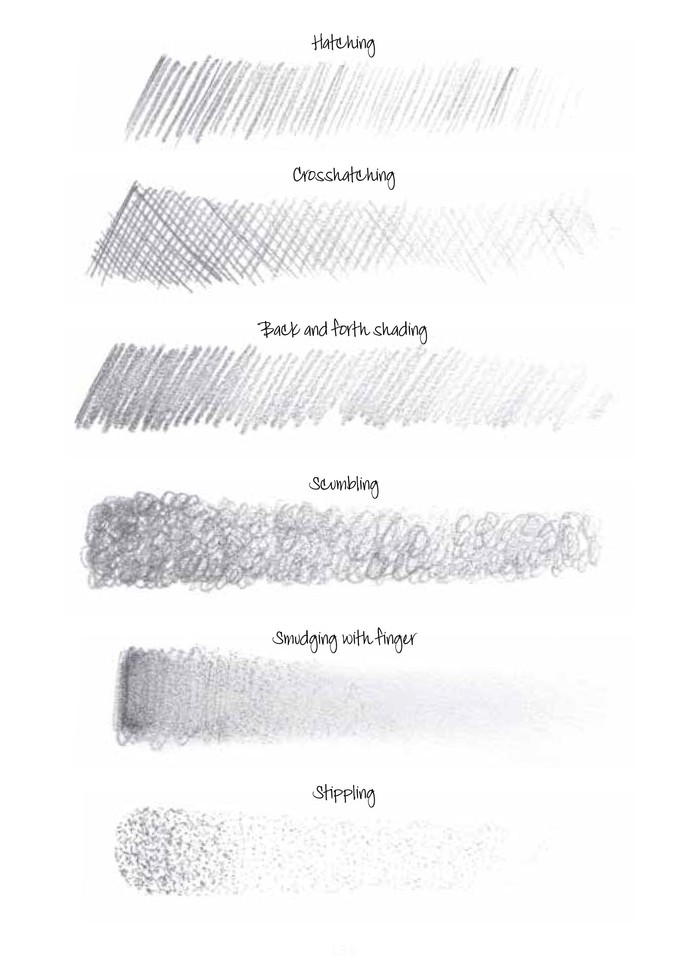
Unlock your creativity and tap into a world of limitless possibilities with these 10 must-know doodling techniques.
From enhancing your line variations to exploring patterns and textures, this article will guide you through the art of doodling like never before.
Learn how to add depth with shading techniques, create eye-catching borders and frames, and incorporate typography into your doodles.
Whether you're a seasoned artist or a beginner, these techniques will help you express your imagination and boost your creative potential.
The Art of Line Variations
The art of line variations is a fundamental skill that every artist and doodler should master to enhance their creativity and visual storytelling.
By mastering cross hatching techniques, artists can create depth and texture in their drawings. Cross hatching involves using a series of parallel lines that intersect with other lines at different angles, resulting in a mesh-like appearance. This technique allows for shading and contouring, adding dimension to the artwork.
Another technique to explore is the art of stippling, which involves creating an image using small, distinct dots. Stippling can be used to create subtle shading and texture, giving the artwork a unique and intricate look.
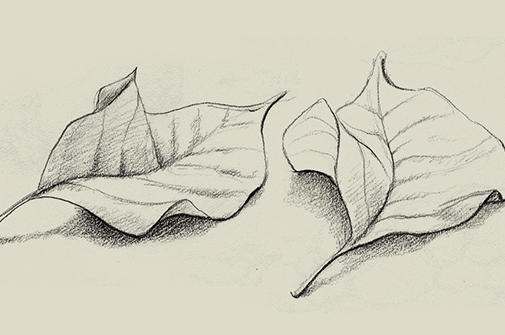
Exploring Patterns and Textures
When it comes to doodling, exploring patterns and textures can take your creativity to new heights. Unique pattern inspirations can be found everywhere, from nature to architecture, providing endless possibilities for your artwork.
Additionally, experimenting with different materials for texturing, such as watercolor washes or collage elements, can add depth and interest to your doodles.
Unique Pattern Inspirations
Patterns and textures can serve as a valuable source of inspiration for creating unique doodling designs. When exploring patterns and textures, there are endless possibilities to ignite your creativity. Here are some unique pattern inspirations to get you started:
Geometric pattern inspirations: Experiment with triangles, squares, and circles to create intricate and mesmerizing designs. Play with symmetry, repetition, and different line weights to add depth and dimension to your doodles.
Floral pattern inspirations: Draw inspiration from nature and explore the beauty of flowers and plants. Incorporate delicate petals, intricate leaves, and vibrant colors to create stunning floral patterns that evoke a sense of tranquility and beauty.
Texturing With Various Materials
Exploring different materials for texturing can enhance the patterns and textures in your doodles, adding depth and visual interest to your artwork.
When it comes to texturing with unconventional materials, the possibilities are endless. By experimenting with different textures, you can create unique and captivating effects in your doodles. Consider using materials like sand, fabric scraps, or even coffee grounds to add interesting textures to your artwork.
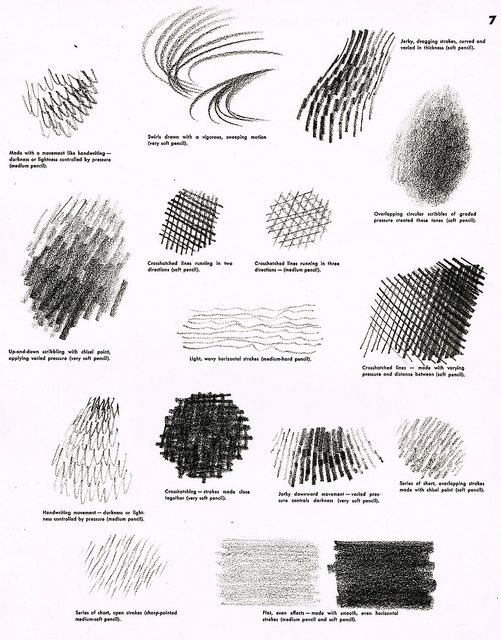
These unconventional materials can be easily incorporated into your doodles, allowing you to create visually stunning pieces that stand out from the crowd. Whether you want to add a rough and gritty texture or a soft and smooth one, the use of unconventional materials allows you to explore and push the boundaries of traditional doodling techniques.
Adding Depth With Shading Techniques
One effective way to enhance the three-dimensional quality of your doodles is by employing various shading techniques. Shading adds depth and dimension to your drawings, creating a more realistic and visually appealing result.
Here are five shading techniques that will help you achieve this:
Blending techniques for realistic shading: By blending different values of pencil or pen strokes, you can create smooth transitions and gradients that mimic the way light falls on objects.
Using hatching and cross-hatching for depth and dimension: Hatching involves drawing parallel lines to create shading, while cross-hatching involves intersecting lines. These techniques can add texture and depth to your doodles.
Stippling: Stippling involves creating shading through a series of small dots. This technique can be time-consuming but can create interesting and detailed effects.
Smudging: By using your finger or a blending tool, you can smudge and blend pencil or charcoal strokes to create soft and subtle shading.
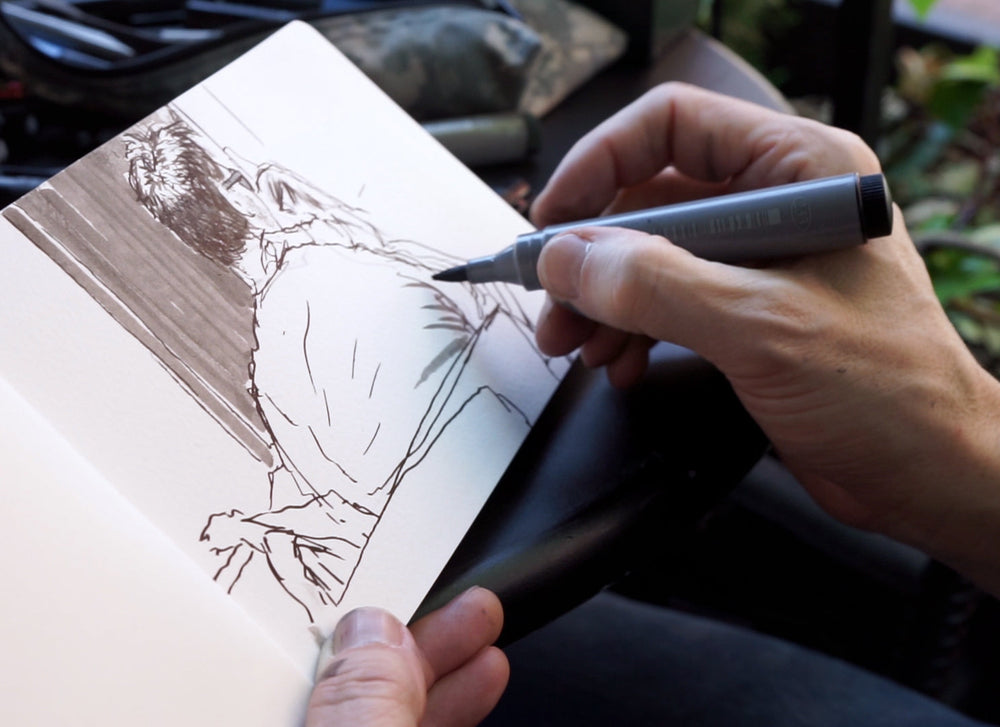
Chiaroscuro: This technique involves using a high contrast between light and dark shades to create dramatic and striking effects.
Creating Eye-Catching Borders and Frames
When it comes to enhancing the visual appeal of your doodles, incorporating eye-catching borders and frames can be a valuable technique. Creating intricate borders and frames can add a touch of elegance and professionalism to your artwork.
There are various ways to achieve this effect, such as using mixed media for unique border designs. Experimenting with different materials like watercolors, markers, or even collage can create interesting textures and patterns. You can also incorporate elements from your doodles into the borders to create a cohesive and visually striking composition.
Don't be afraid to play with shapes, patterns, and colors to make your borders and frames stand out. Remember, the possibilities are endless, and the freedom to explore and experiment is what makes doodling such a fun and creative outlet.
Incorporating Typography Into Doodles
As you delve into the world of doodling, you will discover how incorporating typography into your artwork can elevate its impact and showcase your creativity. Typography is a powerful tool that allows you to experiment with different letterforms, styles, and arrangements to create visually stunning doodles.
Here are five typography techniques for beginners that you can incorporate into your doodles:
- Experiment with different fonts and lettering styles to add variety and personality to your doodles.
- Use hand lettering to create custom, one-of-a-kind typography that complements your doodles.
- Play with scale and size to create emphasis and hierarchy within your typography.
- Combine different letterforms to create unique compositions that engage the viewer.
- Experiment with different writing tools, such as brush pens or calligraphy pens, to add texture and depth to your typography.
Using Colors to Enhance Your Doodles
To truly elevate your doodles and bring them to life, it is essential to explore the endless possibilities of using colors in your artwork.
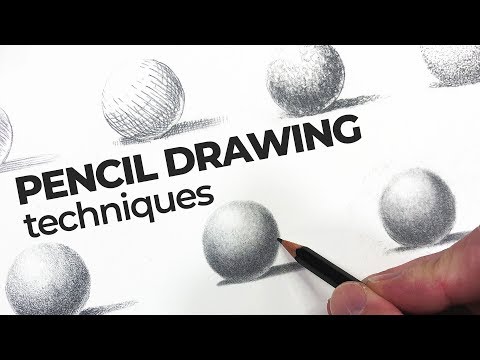
Using color theory effectively can greatly enhance the impact of your doodles. Color theory refers to the principles and guidelines that help artists understand and use colors harmoniously.
Experimenting with different coloring techniques can also add depth and visual interest to your doodles. You can try blending colors together to create smooth gradients or use contrasting colors to make certain elements pop. Another technique is to use shading and highlighting to add dimension and realism to your doodles.
Additionally, don't be afraid to play with different color palettes to evoke different moods and emotions in your artwork. Embrace the freedom that comes with using colors, and watch as your doodles come to life on the page.
Doodling Landscapes and Nature Scenes
When it comes to enhancing nature-inspired doodles, there are endless possibilities to explore. Whether it's a majestic mountain range, a serene beach scene, or a lush forest, landscapes and nature scenes offer a plethora of inspiration for doodlers.
In this discussion, we will delve into tips for landscape doodling and explore how to capture the essence of outdoor scenes through doodling.
Get ready to bring nature to life on paper!
Enhancing Nature-Inspired Doodles
Incorporating various shading techniques can bring depth and realism to your nature-inspired doodles, elevating them to a whole new level. When doodling landscapes and nature scenes, there are several techniques you can try to enhance your creations:
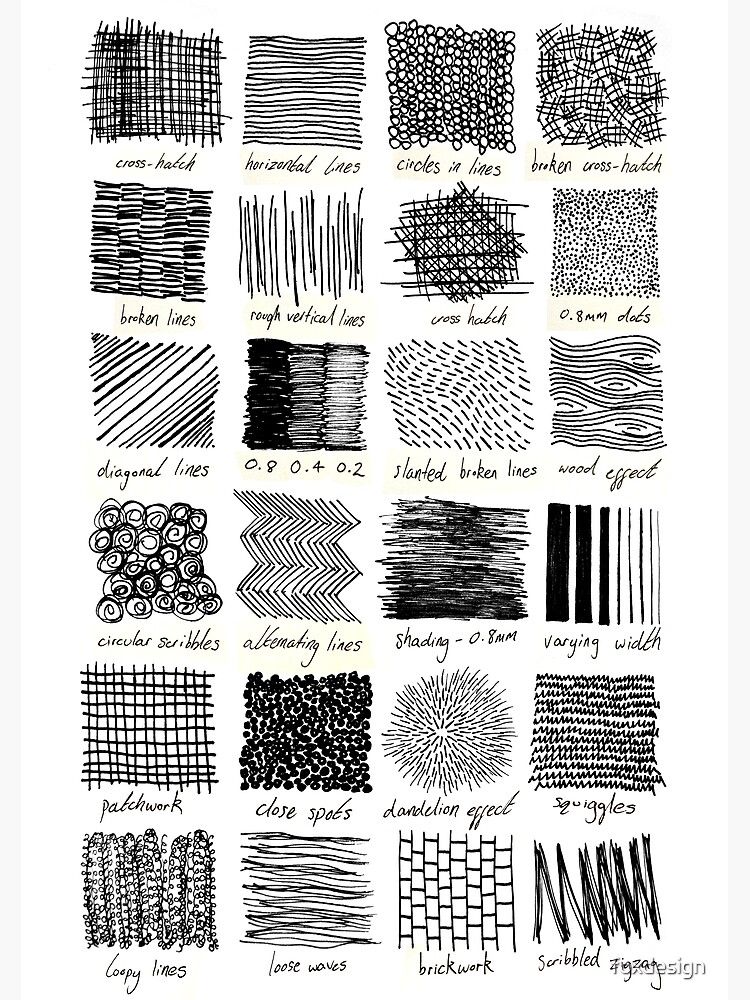
Incorporating animals into your nature-inspired doodles can add a sense of life and movement to your artwork. Whether it's a bird perched on a tree branch or a deer grazing in a meadow, animals can bring a touch of realism and charm to your doodles.
Experimenting with different shading techniques, such as cross-hatching or stippling, can help you achieve a more realistic and three-dimensional look in your nature doodles.
Paying attention to light and shadow can make your nature scenes come alive. Try adding highlights and shadows to create depth and dimension in your doodles.
Adding texture to your nature-inspired doodles can make them more visually interesting. Consider using techniques like stippling or hatching to create the illusion of texture in trees, leaves, or rocks.
Don't be afraid to play with colors and patterns in your nature doodles. Use vibrant hues to bring your landscapes to life, or experiment with different patterns and designs to add a unique touch to your artwork.
Tips for Landscape Doodling
For achieving realistic and captivating landscape doodles, it is essential to master the use of perspective in your artwork. To create depth and dimension in your landscapes, start by placing the horizon line lower on the page to give the illusion of distance.
Use diminishing size and overlapping elements to convey the sense of objects getting smaller as they recede into the background. Adding details like trees, mountains, and buildings in the distance can further enhance the perspective.
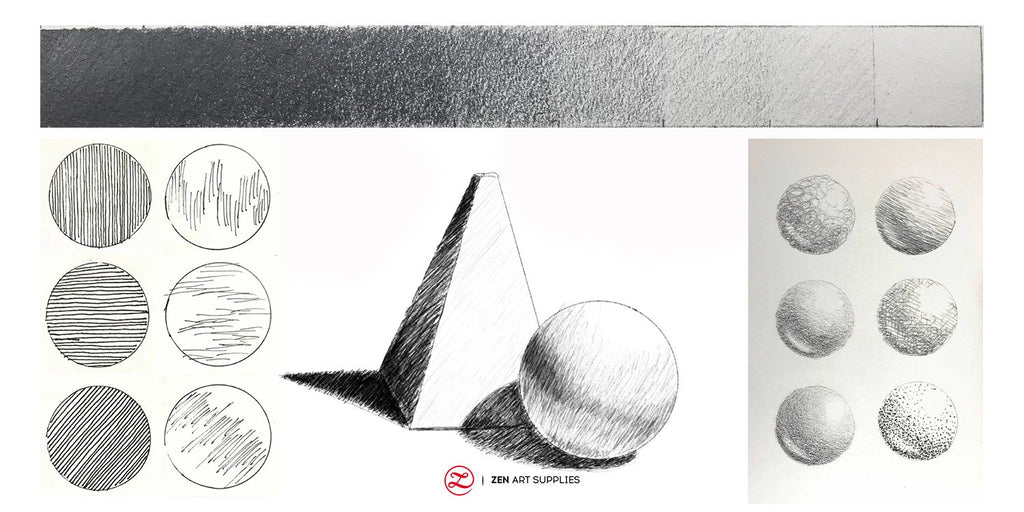
Another tip is to incorporate animals into your landscape doodles. Animals can bring life and movement to your scenes, creating a sense of harmony between nature and wildlife. You can include birds flying in the sky, deer grazing in the fields, or fish swimming in a river.
Exploring Outdoor Scene Doodles
To enhance your artistic repertoire, consider experimenting with a plethora of outdoor scene doodles, encompassing landscapes and nature scenes, to unleash your creativity and capture the beauty of the natural world. Doodling landscapes and nature scenes allows you to explore the intricate details of the environment, while also providing a sense of tranquility and connection to nature.
Here are some tips to get you started:
Use vibrant colors: Experiment with a wide range of colors to bring your outdoor scenes to life.
Add depth and texture: Create depth in your doodles by using shading techniques and adding texture to mimic the different elements in nature.
Capture movement: Incorporate movement into your outdoor scene doodles by including elements like flowing water or swaying trees.
Focus on details: Pay attention to the small details in nature, such as the unique patterns on leaves or the intricate shapes of flowers.
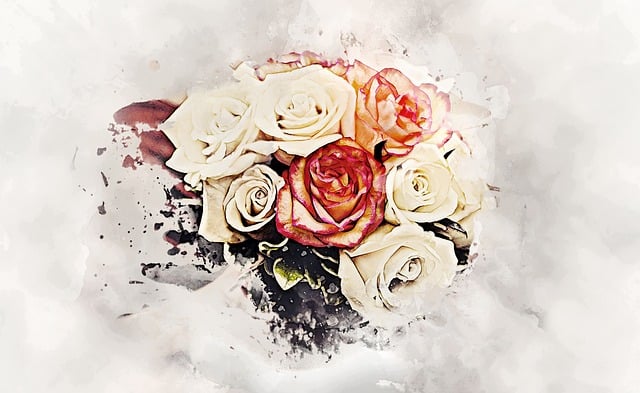
Explore urban doodles: Don't limit yourself to just natural landscapes; try doodling urban scenes to capture the energy and vibrancy of city life.
Expressing Emotions Through Doodle Characters
How can doodle characters be used to convey emotions effectively?
Doodle characters have the unique ability to express emotions through abstract shapes and capture movement. By using simple lines and shapes, doodle characters can convey a wide range of emotions, from joy and excitement to sadness and anger.
The beauty of doodling is that it allows for freedom and creativity in expressing emotions. Doodle characters can be exaggerated and whimsical, allowing the artist to fully explore and express their emotions.
The use of bold lines and vibrant colors can enhance the emotional impact of the doodle characters. Whether it's a happy smiley face or a sad, drooping figure, doodle characters have the power to visually communicate emotions in a simple yet powerful way.
Doodling Abstract and Surreal Art
Unlock the expressive potential of doodling by exploring the world of abstract and surreal art.
Abstract doodles allow you to break free from the constraints of reality and push the boundaries of your creativity.
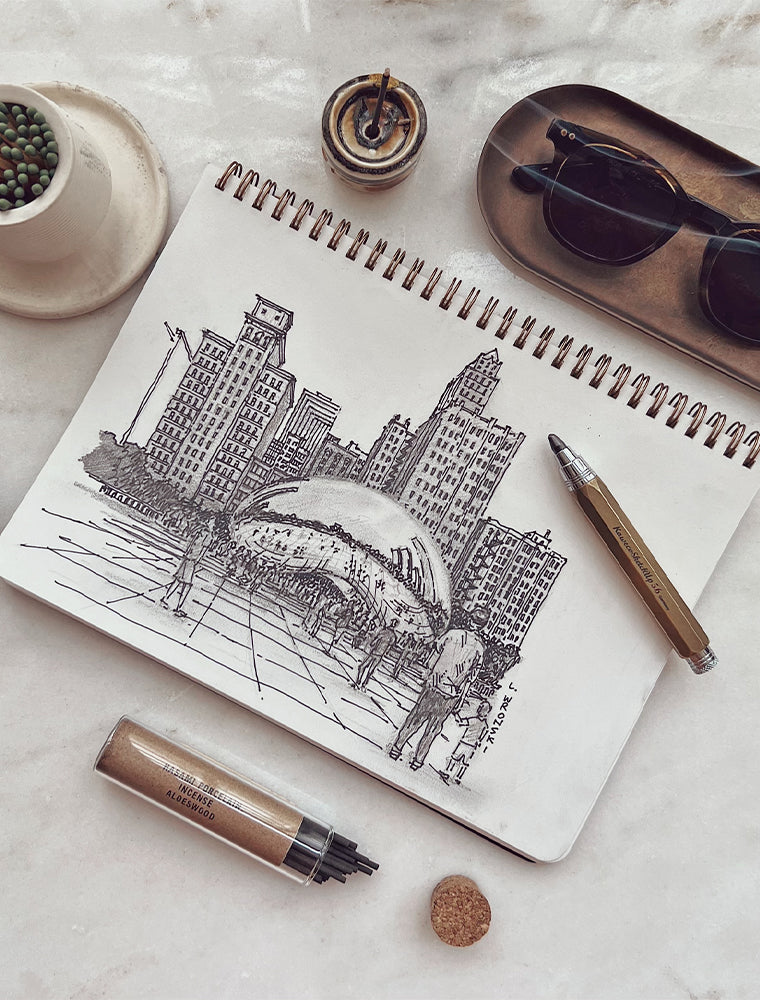
Surreal doodles take it a step further, blending elements from the subconscious and the conscious to create intriguing and thought-provoking artwork.
Embrace the power of doodling to create captivating and imaginative pieces that challenge conventional norms.
Expressive Potential of Doodling
The intricate interplay of line and form in doodling abstract and surreal art offers a captivating glimpse into the boundless imagination of the artist. This form of doodling goes beyond traditional representations and explores the expressive potential of lines, shapes, and patterns.
Here are five reasons why doodling abstract and surreal art can be a powerful tool for self-expression and creativity:
- Freedom of interpretation: Abstract and surreal doodles allow for individual interpretation, inviting viewers to engage with the artwork in their own unique way.
- Emotional release: Doodling abstract and surreal art can serve as a form of therapy, allowing artists to express and process their emotions in a non-verbal and cathartic manner.
- Mindfulness and focus: Engaging in abstract and surreal doodling requires concentration and mindfulness, helping to quiet the mind and promote a sense of calm and relaxation.
- Unleashing creativity: Abstract and surreal doodles encourage experimentation and unconventional thinking, allowing artists to explore new possibilities and unlock their creative potential.
- Infinite possibilities: With no rules or limitations, doodling abstract and surreal art offers endless possibilities for the artist's imagination to roam free, encouraging them to push boundaries and think outside the box.
Doodling abstract and surreal art provides a space for artistic freedom and self-expression, making it an exciting and therapeutic practice for those who seek to explore their creativity and mindfulness through doodling.
Pushing Creative Boundaries
Remarkably, doodling abstract and surreal art allows artists to push the boundaries of their creativity and explore uncharted territories of imagination. By experimenting with innovative doodle techniques and embracing unconventional doodling ideas, artists can break free from traditional constraints and tap into their limitless potential.
Abstract doodling encourages artists to let go of preconceived notions and create spontaneous, free-flowing designs that evoke emotions and stir the imagination.
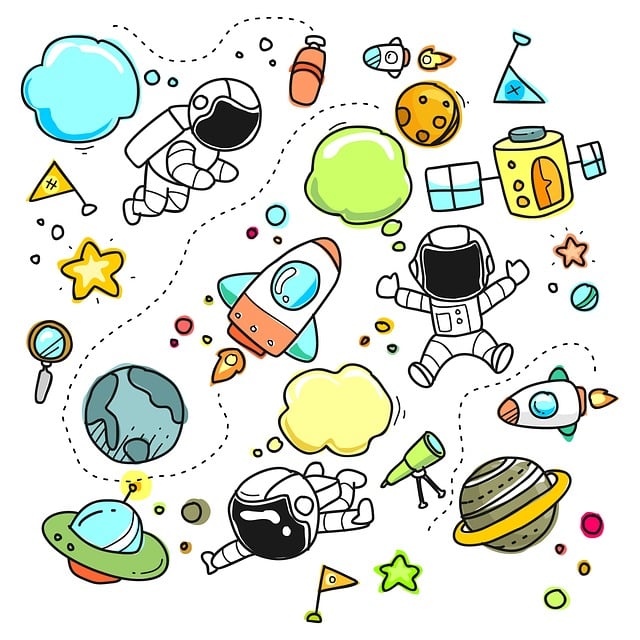
Surreal doodling, on the other hand, invites artists to merge elements from the real world with the fantastical, resulting in dreamlike and thought-provoking compositions.
With these unconventional approaches, artists can challenge themselves to think outside the box, explore new forms and patterns, and discover unique ways to express their ideas.
Doodling abstract and surreal art opens up a world of unbounded creativity, allowing artists to push the boundaries and create truly extraordinary works.
Combining Doodling With Lettering and Calligraphy
Effectively combining doodling with lettering and calligraphy can enhance the visual appeal and artistic impact of your creative projects. By merging these techniques, you can create stunning designs that seamlessly blend words and illustrations.
Here are five ways to explore the fusion of doodling and calligraphy techniques:
Doodle within letters: Fill the negative space in your letters with doodles, adding intricate details and visual interest.
Create illustrated alphabets: Design unique alphabets by incorporating doodles into each letter, making your typography truly one-of-a-kind.
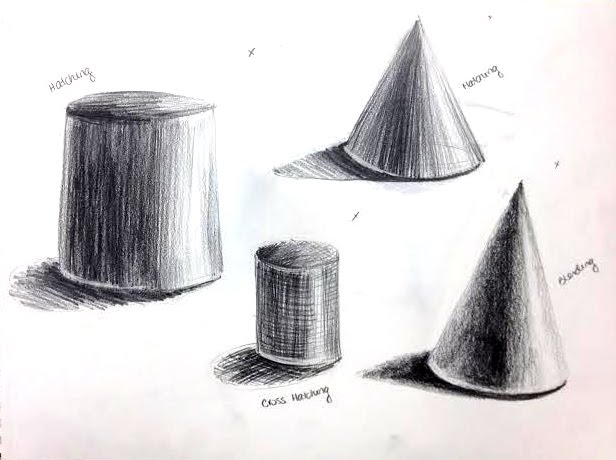
Add flourishes and embellishments: Use doodles to enhance the curves and lines of your calligraphy, adding a touch of whimsy and personality.
Combine words and illustrations: Intertwine your doodles with your lettering to create cohesive compositions that tell a story.
Experiment with different tools: Explore the use of different pens, brushes, and markers to create varying line weights and textures.
Frequently Asked Questions
How Can Doodling Improve Your Overall Creativity and Problem-Solving Skills?
Doodling can improve overall creativity and problem-solving skills by stimulating the brain's neural pathways. It enhances cognitive functions and memory retention, allowing for a more visually-oriented and concise thinking process. Doodling offers freedom and fosters a creative mindset.
What Are Some Tips for Beginners to Get Started With Doodling?
For beginners looking to get started with doodling, it's important to have the right doodling supplies and to find inspiration through doodling prompts. These tips can help unleash creativity and provide a visually-oriented and concise outlet for self-expression.
Doodling can be considered a form of art therapy as it promotes relaxation and benefits mental health. Engaging in creative activities like doodling allows individuals to express themselves freely, reducing stress and improving overall well-being.
Are There Any Specific Doodling Techniques That Can Help With Reducing Stress and Anxiety?
Different doodling techniques, such as repetitive patterns and guided imagery, can be effective in reducing stress and anxiety. These methods promote relaxation and mindfulness, ultimately helping individuals manage their emotions and find a sense of calm.
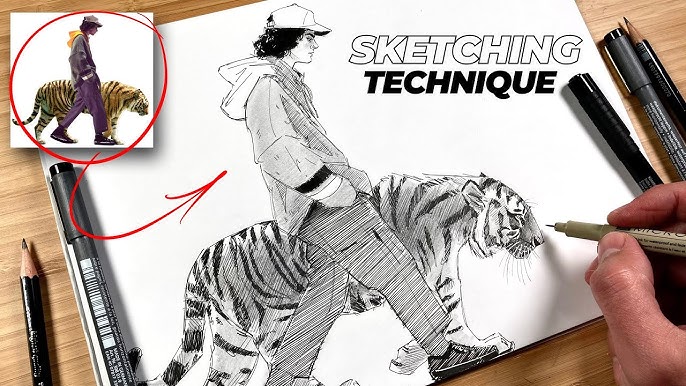
Doodling can serve as a form of meditation, allowing for self-expression and personal development. By integrating doodling into a daily routine, individuals can tap into their creativity and use it as a tool for goal setting and achieving freedom.
 Writing TipsCreative WritingJournalingSketching TechniquesBuying GuidesPrivacy PolicyTerms And Conditions
Writing TipsCreative WritingJournalingSketching TechniquesBuying GuidesPrivacy PolicyTerms And Conditions
